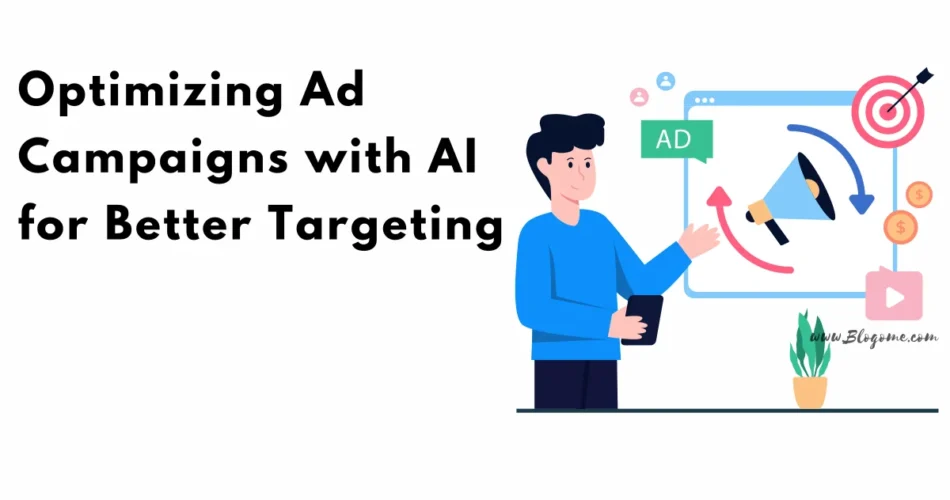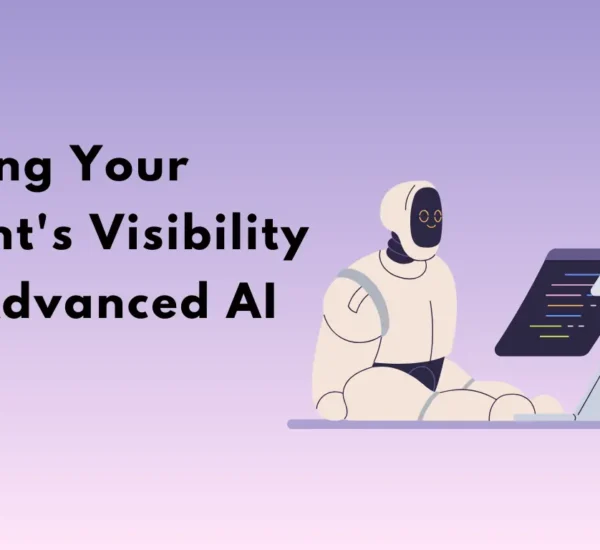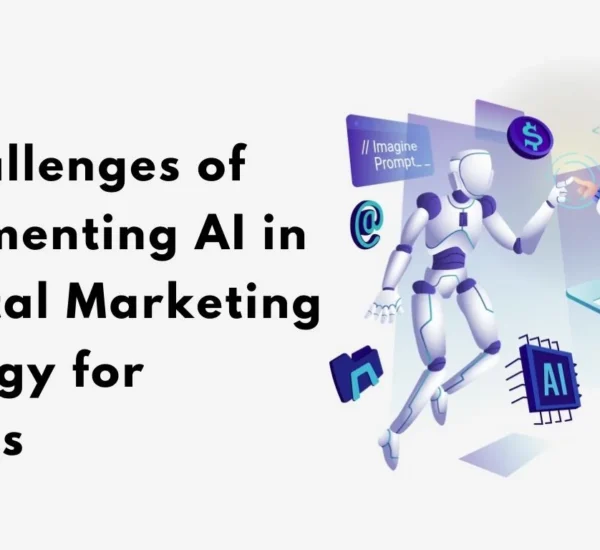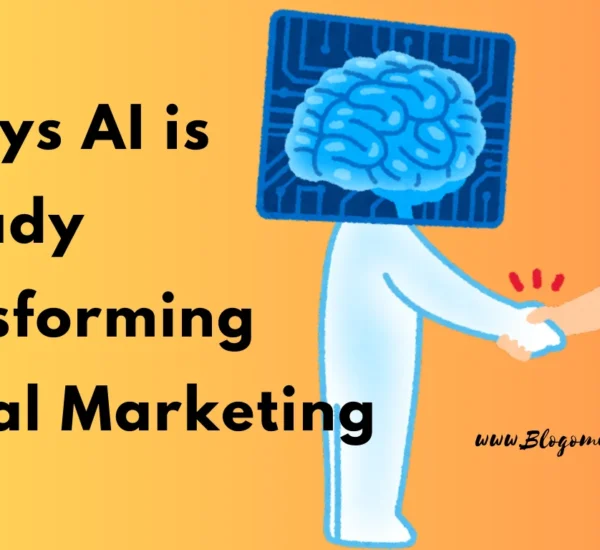Introduction
In the rapidly evolving world of digital marketing, businesses are constantly seeking innovative methods to optimize their advertising campaigns. The advent of Artificial Intelligence (AI) has revolutionized the way we approach ad targeting. Leveraging AI for ad campaigns can significantly enhance targeting precision, resulting in higher conversion rates and better ROI. This blog post delves into how AI can be used to optimize ad campaigns for better targeting, with practical examples and actionable insights.
Understanding AI in Advertising
What is AI?
Artificial Intelligence refers to the simulation of human intelligence in machines that are programmed to think and learn like humans. In advertising, AI can analyze vast amounts of data, identify patterns, and make decisions with minimal human intervention.
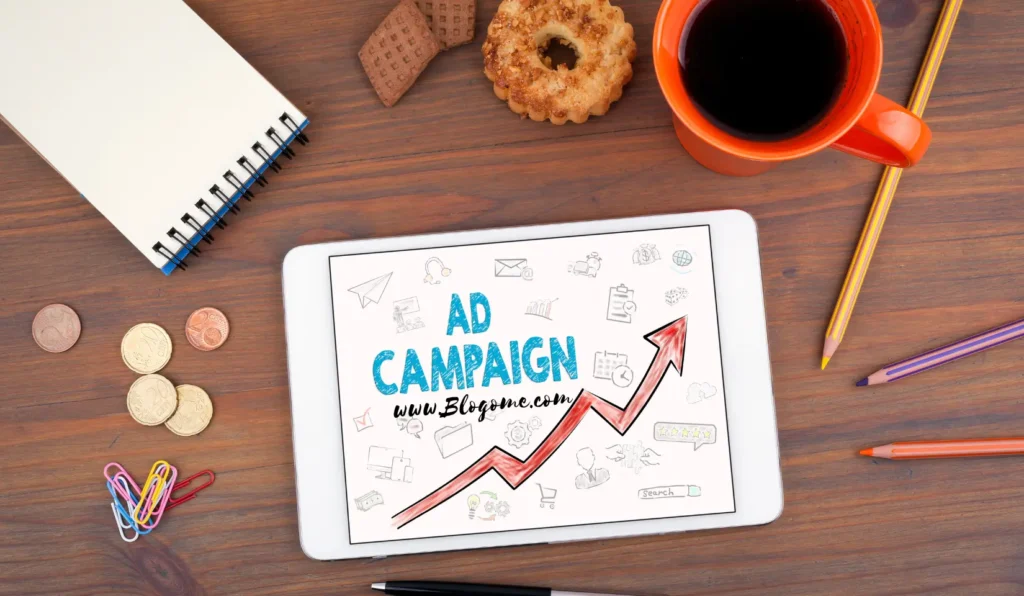
Why Use AI in Advertising?
- Data Analysis: AI can process large volumes of data quickly, identifying trends and patterns that human analysts might miss.
- Personalization: AI enables hyper-personalized ad targeting, which is more likely to engage users.
- Efficiency: AI automates repetitive tasks, freeing up time for marketers to focus on strategic planning.
The Role of AI in Optimizing Ad Campaigns
1. Enhanced Targeting with AI
AI enhances ad targeting by analyzing user data to create more precise audience segments. This ensures that ads are shown to users who are more likely to be interested in the product or service being advertised.
Example: A clothing retailer uses AI to analyze customer data, such as purchase history and browsing behavior. The AI system identifies a segment of users who frequently purchase winter clothing. The retailer then targets this segment with ads for new winter jackets, leading to higher engagement and sales.
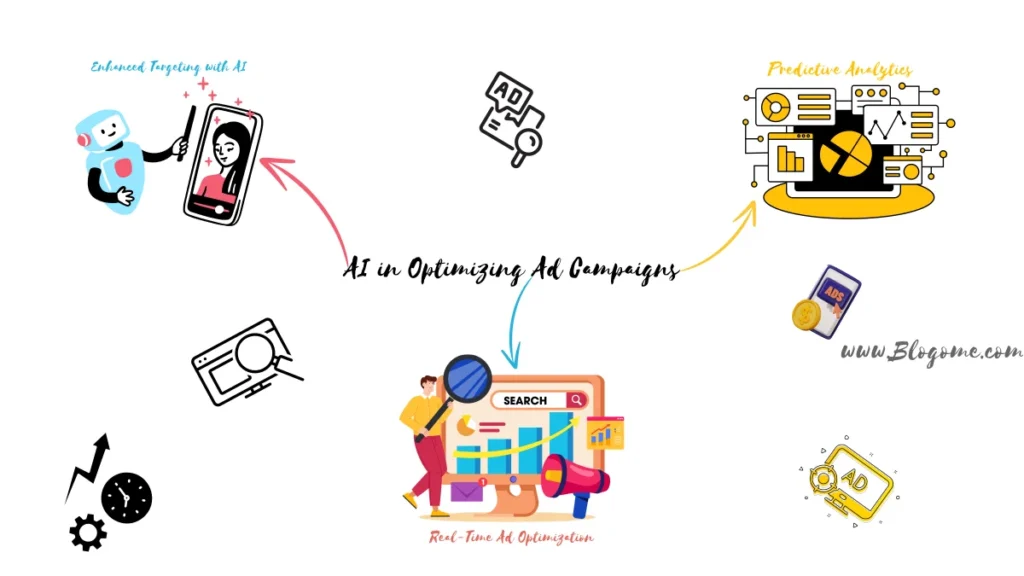
2. Predictive Analytics
AI can predict future trends and user behavior based on historical data. This allows marketers to anticipate what products or services will be in demand and tailor their ad campaigns accordingly.
Example: A fitness brand HealthifyMe, uses AI to analyze data from previous campaigns and predict that demand for home workout equipment will spike in the winter months. The brand then launches a targeted ad campaign for home workout equipment in October, leading to a significant increase in sales.
3. Real-Time Ad Optimization
AI can optimize ad campaigns in real time by adjusting bids, targeting criteria, and ad creatives based on performance data. This ensures that ad spend is allocated efficiently, maximizing ROI.
Example: An e-commerce platform uses AI to monitor the performance of its ad campaigns in real time. The AI system detects that ads for electronics are performing better than ads for clothing and automatically reallocates the budget to prioritize electronics ads, resulting in higher overall sales.
Practical Examples of AI in Ad Campaign Optimization
Case Study 1: Dynamic Ad Creation
A travel agency wanted to increase bookings for its holiday packages. By using AI, the agency created dynamic ads that adapted to the user’s location, browsing history, and previous interactions with the brand. The AI system generated personalized ad creatives for each user, showcasing holiday packages tailored to their preferences.
Result: The travel agency saw a 35% increase in ad engagement and a 20% increase in bookings compared to previous campaigns.
Case Study 2: Audience Segmentation
A tech company aimed to promote its new smartphone. Using AI, the company segmented its audience based on factors such as age, income, and device usage. The AI system identified a segment of young professionals who frequently upgraded their devices and targeted them with ads highlighting the smartphone’s advanced features.
Result: The tech company achieved a 25% increase in click-through rates and a 15% increase in sales among the targeted segment.
Case Study 3: Retargeting Campaigns
An online retailer wanted to reduce cart abandonment rates. The retailer used AI to analyze user behavior and identify customers who had added items to their carts but did not complete the purchase. The AI system then launched retargeting ads with personalized offers and reminders to these customers.
Result: The online retailer saw a 40% reduction in cart abandonment rates and a 30% increase in completed purchases.
Implementing AI in Your Ad Campaigns
Step 1: Define Your Goals
Before implementing AI, it’s crucial to define clear objectives for your ad campaigns. Whether you aim to increase brand awareness, drive sales, or boost engagement, having specific goals will guide your AI strategy.
Example: A beauty brand sets a goal to increase online sales by 20% in the next quarter. This clear objective will shape how the brand uses AI for ad targeting and optimization.
Step 2: Collect and Analyze Data
AI relies on data to function effectively. Collect data from various sources, such as your website, social media channels, and previous ad campaigns. Use AI tools to analyze this data and gain insights into your audience’s behavior and preferences.
Example: A food delivery service collects data on customer orders, browsing behavior, and feedback. The AI system analyzes this data to identify trends, such as peak ordering times and popular dishes.
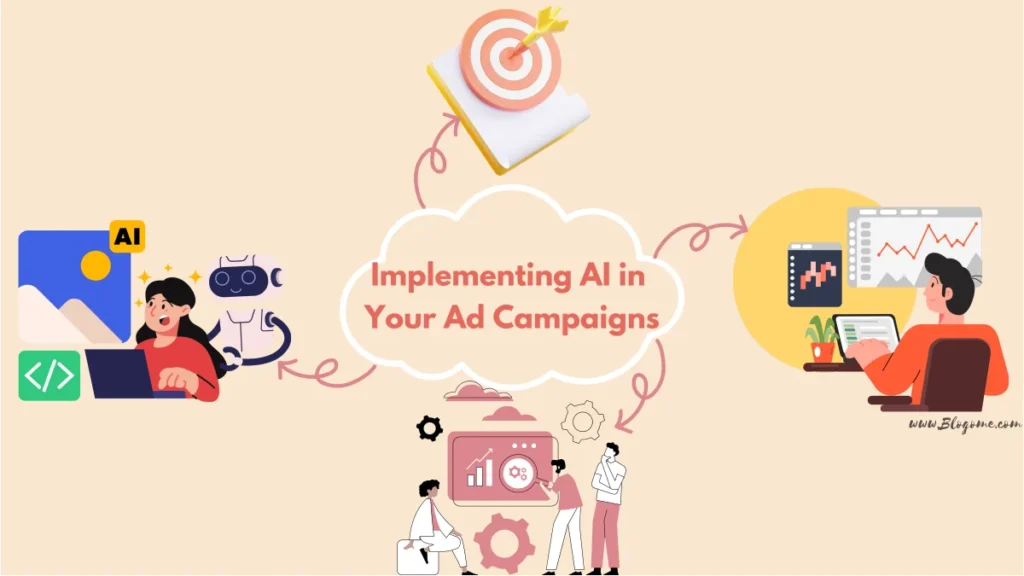
Step 3: Choose the Right AI Tools
There are numerous AI tools available for ad optimization, each with its unique features and capabilities. Choose a tool that aligns with your goals and integrates seamlessly with your existing marketing infrastructure.
Example: A retail brand chooses an AI tool that offers real-time ad optimization and predictive analytics. The tool integrates with the brand’s e-commerce platform, allowing for seamless data analysis and ad targeting.
Step 4: Test and Optimize
Implementing AI is not a one-time process. Continuously test and optimize your ad campaigns based on performance data. Use A/B testing to compare ad creatives, targeting criteria, and bidding strategies.
Example: A financial services company runs A/B tests to compare the performance of two ad creatives. The AI system analyzes the results and identifies the ad creative that resonates most with the target audience.
Long-Tail Keywords for Better SEO
Incorporating long-tail keywords into your ad campaigns can significantly enhance their effectiveness. Long-tail keywords are specific phrases that users are likely to search for. They typically have lower competition and higher conversion rates than short, generic keywords.
Examples of Long-Tail Keywords:
- “Best AI tools for ad campaign optimization”
- “How to use AI for targeted advertising”
- “AI-driven marketing strategies for small businesses”
- “Benefits of AI in digital advertising”
- “AI technology for personalized ad targeting”
How to Integrate Long-Tail Keywords:
- Content Creation: Create blog posts, articles, and other content around long-tail keywords. This can drive organic traffic to your website and improve your search engine rankings.
- Ad Copy: Incorporate long-tail keywords into your ad copy to ensure your ads appear in relevant search results.
- Landing Pages: Optimize your landing pages with long-tail keywords to improve your Quality Score and increase the likelihood of conversions.
Future Trends in AI and Ad Campaigns
The future of AI in advertising is promising, with continuous advancements that will further enhance targeting and optimization capabilities.
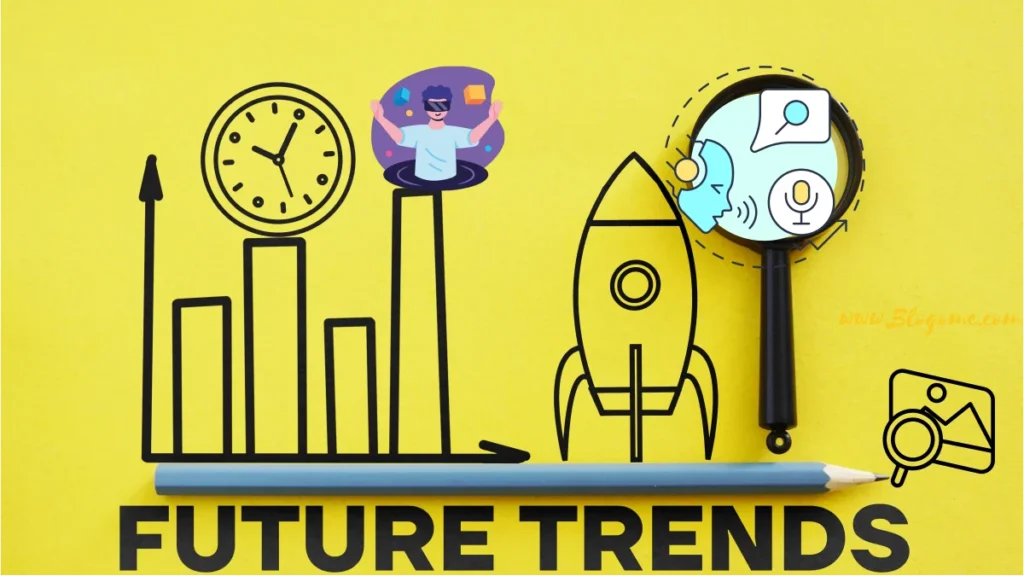
1. Voice Search Optimization
As voice search becomes more prevalent, optimizing ad campaigns for voice search will be crucial. AI can help identify voice search trends and tailor ad content accordingly.
Example: A home automation company uses AI to analyze voice search queries related to smart home devices. The company then creates targeted ads that address common voice search phrases, such as “best smart home devices for 2024.”
2. Visual Search Integration
AI-powered visual search allows users to search for products using images. Integrating visual search into ad campaigns can enhance targeting and improve user experience.
Example: A fashion retailer integrates AI-powered visual search into its app, allowing users to upload images of clothing items they like. The AI system then identifies similar items in the retailer’s inventory and displays targeted ads for those products.
3. Augmented Reality (AR) Ads
AR ads offer interactive and immersive experiences for users. AI can optimize AR ad campaigns by analyzing user interactions and preferences.
Example: A furniture brand uses AI to optimize its AR ad campaign, which allows users to visualize how furniture pieces would look in their homes. The AI system analyzes user interactions with the AR ads and adjusts the targeting criteria to reach users who are more likely to purchase.
Conclusion
Optimizing ad campaigns with AI for better targeting is no longer a futuristic concept but a present-day reality. By leveraging AI, businesses can achieve higher precision in targeting, enhance user engagement, and ultimately drive better results from their ad campaigns. The integration of long-tail keywords further amplifies these benefits, making ad campaigns more relevant and effective. As AI technology continues to evolve, the possibilities for ad optimization are endless, promising a future where advertising is more personalized, efficient, and impactful than ever before.
FAQ’s
What is the primary benefit of using AI in ad campaign optimization?
The primary benefit of using AI in ad campaign optimization is its ability to analyze vast amounts of data quickly and accurately. This analysis allows for more precise audience targeting, leading to higher engagement rates and better return on investment (ROI). AI can identify patterns and trends that may not be apparent to human analysts, enabling more effective and personalized ad campaigns.
How does AI improve audience segmentation in advertising?
AI improves audience segmentation by analyzing user data to identify specific characteristics and behaviors. This enables the creation of highly targeted segments based on various factors such as demographics, interests, and online behavior. By targeting these segments with tailored ads, businesses can increase the relevance and effectiveness of their advertising efforts, leading to higher conversion rates.
Can AI predict future trends and user behavior in ad campaigns?
Yes, AI can predict future trends and user behavior by leveraging predictive analytics. By analyzing historical data, AI algorithms can forecast future patterns and preferences, allowing marketers to proactively adjust their strategies. This foresight enables businesses to stay ahead of trends, optimize their ad spend, and deliver more relevant content to their audience.
How does AI facilitate real-time ad optimization?
AI facilitates real-time ad optimization by continuously monitoring campaign performance and making adjustments on the fly. This includes modifying bids, targeting criteria, and ad creatives based on real-time data. Such dynamic optimization ensures that ad budgets are allocated efficiently, maximizing impact and minimizing wasted spend.
What are some practical examples of AI in ad campaign optimization?
Practical examples of AI in ad campaign optimization include dynamic ad creation, audience segmentation, and retargeting campaigns. For instance, a travel agency might use AI to create personalized ads based on a user’s browsing history and location, resulting in higher engagement and bookings. Similarly, an online retailer could use AI to retarget customers who abandoned their carts, offering personalized incentives to complete their purchases.
How can businesses integrate long-tail keywords into their AI-driven ad campaigns?
Businesses can integrate long-tail keywords into their AI-driven ad campaigns by incorporating these keywords into content creation, ad copy, and landing pages. Long-tail keywords, which are more specific and less competitive, help improve search engine rankings and drive more targeted traffic. AI tools can analyze search trends and suggest relevant long-tail keywords, ensuring that the ad campaigns are optimized for the right audience.


